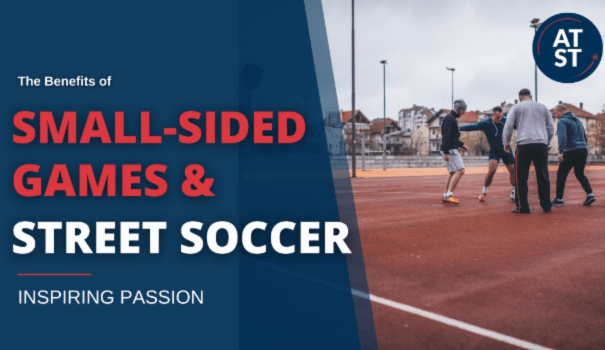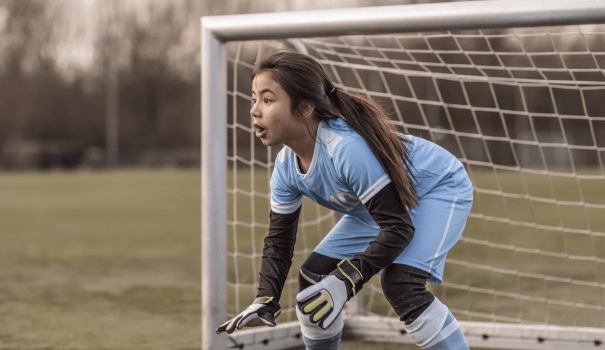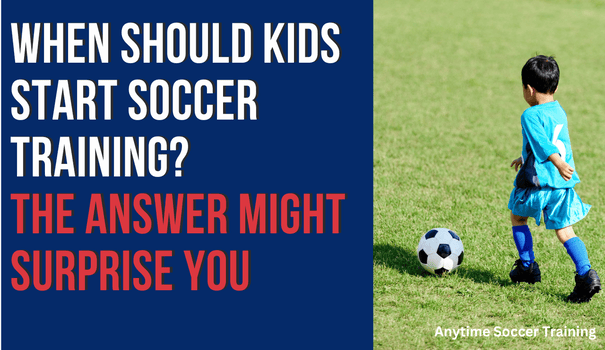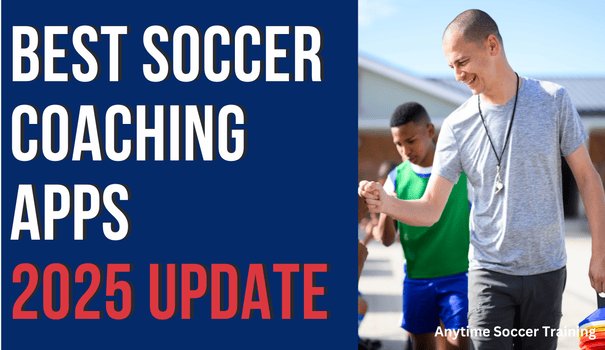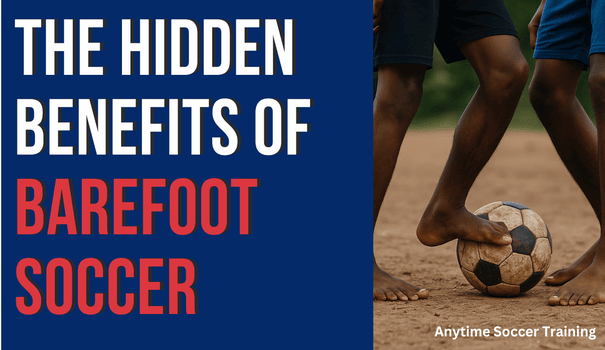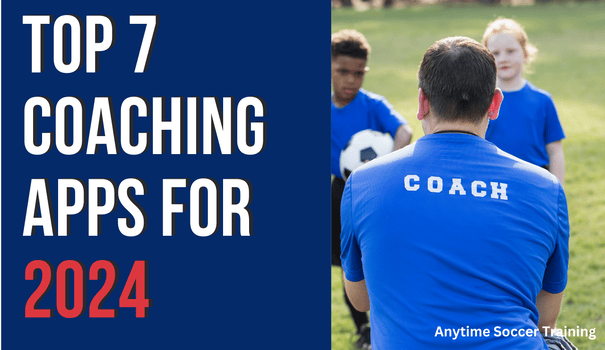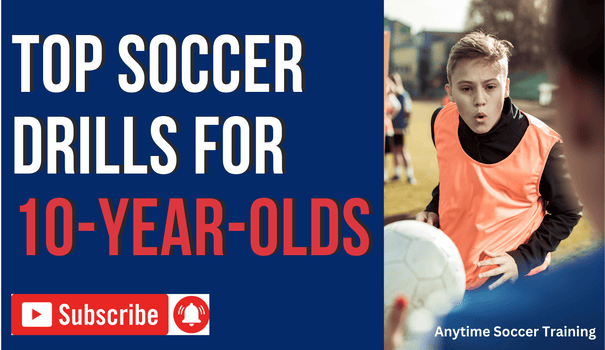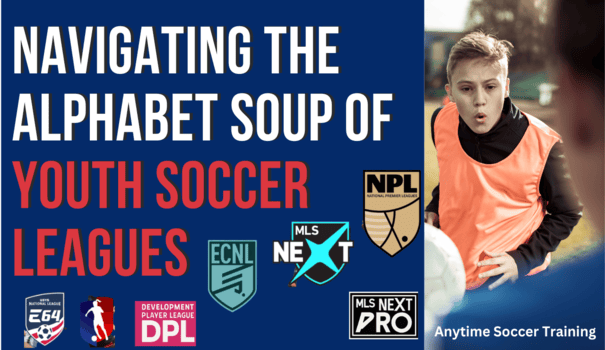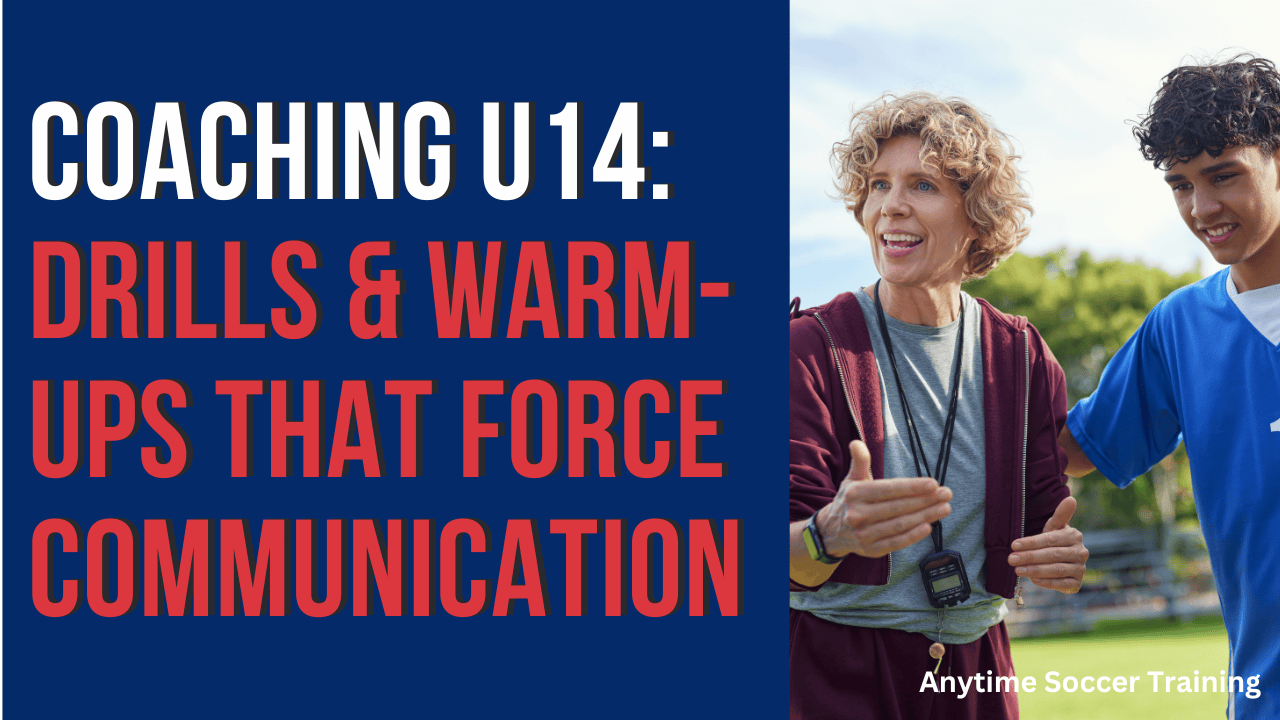
Playing multiple sports can provide many benefits for children, but it’s important to dispel some of the misconceptions that have inhibited open and informative dialogue between parents, coaches, and experts.
The decision of whether or not to specialize in one sport should be based on the individual needs and goals of the child and their family.
It’s important to have open and honest conversations about specialization without judgment, and for experts to clearly define the parameters and level of skill acquisition they are basing their recommendations on.
In America, the popularity and marketing of sports such as football, baseball, and basketball can lead many parents to believe that playing these sports will provide additional benefits for soccer development.
It’s also important to note that conflating specialization with overuse injuries is not always accurate.
By challenging common misconceptions, we can have more thoughtful and practical conversations about these issues.
Myth #1 Exaggerating Early Sports Specialization Based on a Narrow and Irrelevant Definition
The definition of sports specialization varies among medical researchers and parents, with researchers often applying a narrow definition of
Intense training in one sport while excluding others
However, many parents define specialization as their child having a serious focus on their main sport while also playing other sports for fun.
It’s important to note that pushing a child to participate in an intense year-round program while excluding all other sports does increase the risk factors cited in studies, but this does not apply to most families whose children participate in a variety of sports.
Early specialization does not necessarily mean that the training is not age-appropriate. For many families, early specialization can mean a focus on one sport, but still allowing for participation in other sports for fun.
Using a narrow definition of sports specialization leads to confusion and debate.
It’s also important to note that many families, including my own, incorporate breaks from team training and total breaks from all training to avoid burnout.
However, low-intensity ball skill training can still be incorporated during the off-season to maintain skill level.
Myth #2 Multiple Sports Training Produces Material Advantages Beyond the Scope of a Comprehensive Soccer Curriculum
While other sports may offer some marginal benefits to soccer development, such as improving concentration or endurance, they may not be as effective as a comprehensive program with a soccer focus.
Even sports like track and field, which are often recommended for soccer players, may not provide significant benefits to overall soccer development.
Think about it, assuming the best possible outcomes; how much time is the child going to actually cut off their forty-yard dash? If they are lucky, maybe a fraction of a second?
Those gains and more can be achieved with a soccer-specific speed and agility program which incorporates ball mastery and other soccer skills.
Additionally, recreational programs do not offer enough time or focus for players to see significant gains in their skills.
Ultimately, the best approach for soccer development is to participate in soccer-specific training and simply enjoy playing the sport, whether it be through recreational or competitive programs.
Our best advice is to play multiple sports because they are fun – with no agenda.
Myth #3 – All Sports Require Similar Levels of Athleticism and Sport Specific Skill
It is important to recognize that different sports require varying levels of athleticism and skill, with some sports requiring more specialized abilities than others.
For example, Tiger Woods requires more golf-specific skills than Lionel Messi requires soccer-specific skills, and Messi requires more skills than Usain Bolt does for sprinting.
On the other hand, some positions in American football, baseball, and basketball require less skill-specific practice than soccer positions.
Many Americans tend to overlook this fact, assuming that all sports have the same level of skill and athleticism requirements.
In simple terms, mastering the ball – a fundamental requirement for elite soccer – requires a higher level of skill and more specialized practice than many positions in American football, baseball, and basketball.
Myth #4 Early Specialization Means Your Child Doesn’t Play Other Sports
This is not an accurate depiction of the typical American child.
On the contrary, athletic children who are dedicated to a main sport tend to enjoy staying active and playing many more sports than the average child
For example, my own child loves playing recreational basketball and flag football but does not have a strong desire to practice them or see them as a means to an end for other sports.
To ensure that he continues to enjoy these sports, I make sure to approach coaching his flag football team as a separate and distinct activity, not just a way to improve skills for soccer.
I don’t sign my children up for flag football in the hopes of some tangential benefit to soccer. When I coach his flag football team, I deliberately treat this as a non-soccer space – both physically and mentally.
Myth #5 Inaccurately Comparing Sports of Different Complexity
In a famous blog post featured on I Love to Watch You Play the author cites a study with says,
A 2012 study of world-class sprinters, including 15 Olympic gold medalists and the eight fastest runners in United States history, found that every elite sprinter, male or female, was recognized as exceptionally fast prior to beginning formal training.
This contradicts the deliberate practice model, which assumes that initial performance and final performance in a domain are unrelated.”
The idea that a 2012 study, which found that elite sprinters were recognized as exceptionally fast before formal training, contradicts the deliberate practice model is misguided.
This study makes the flawed assumption that all sports, regardless of complexity and skill requirements, share the same success factors.
This is like telling a golfer to stop practicing their swing so much because athletes like Usain Bolt were born fast, which is a ridiculous comparison. The complexity and skills required in different sports vary greatly and cannot be accurately compared in this way.
Myth #6 Early Specialization Means That the Parents Must Want Their Child To Play in College or Professionally
In my podcast series, The Inside Scoop, I share the reasons behind my decision to enroll my child in competitive sports. Every family has their own unique reasons for this choice.
While some parents may have aspirations of a college scholarship or professional sports career for their child, this is not the case for the majority. Most parents simply want to ensure their child stays active, and engaged and avoids negative behaviors.
It’s important to acknowledge this motivation and not judge parents for their decision when giving advice about early sports specialization.
Myth #7 Conflating Early Specialization with Overuse Injuries
International soccer academies, such as those in Europe, have been providing year-round soccer-specific training for over two decades.
Even if you ignore the ethical considerations of these academies, the fact remains that these clubs invest millions of dollars into their youth players.
If playing multiple sports resulted in the development of elite soccer players while also reducing the risk of injury, these academies would likely incorporate multisport curriculums.
It is true that some parents may push their children to participate in sports at an unhealthy level, but this is more often related to the volume, stress of play and family dynamics than it is to early specialization.
It’s worth noting that some international soccer academies do include multisport programming, but it is different from the American approach of taking a few months off to play a completely different sport.
Myth #8 Overly Persuaded by Anecdotal Evidence of the Exceptions Not the Rule
Some argue that there are a few athletes who have achieved success in multiple sports, citing examples such as tennis player John McEnroe, basketball player Kobe Bryant and baseball pitcher Tom Glavine who were all exceptional youth soccer players.
Additionally, 2012 NFL Defensive Player of the Year, J.J. Watt, excelled in baseball, basketball, and track during his high school career, and Alex Morgan was a star basketball player before starting club soccer at age 14.
It is important to remember that these athletes are exceptions and not the norm. It would be wrong to infer that their success means one does not have to put in the necessary work.
In college, I was a business administration major. I will never forget a student in my Principles of Accounting 1 course who aced every test without doing any homework or coming to class. Do you think the lesson learned was, “I don’t have to do the homework or go to class?” No, I, and everybody else in the class, recognized that this student was the exception, not the rule.
Myth #9 Ignoring the Nature of Inherent Risks Between Different Sports
It is not accurate to compare baseball pitching to soccer as they are fundamentally different sports with distinct skill sets and risk factors.
If I told you my son free-plays tackle American football in full pads with teenagers – you would be like, “Are you sure that’s a good idea?”.
On the same token, if I told you my son free-plays soccer with teenagers, you would think that’s great.
The bottom line is that it’s important to recognize that different sports have different levels of risk and should be approached accordingly.
Myth #10 It’s Helpful to List Risk Factors Without Offering Any Solutions or Even Realistic Recommendations
It is commonly acknowledged that individuals who put more effort into their craft tend to achieve greater success than those who do not.
Additionally, it is well understood that skill acquisition is generally easier at a younger age.
Therefore, when it comes to early specialization, the real questions are:
“At what point are the returns diminishing?” “At what level are the risk factors too great?” and “What are some of the early warning signs?”.
Rather than assuming that all children should avoid some kind of specialization until age 14, it’s crucial to consider when the returns of specialization begin to decrease and when the risks outweigh the benefits.
Additionally, it’s important to be aware of the early warning signs of burnout and overuse.
Conclusion
As a parent, it’s important to understand your child’s goals when it comes to sports.
This includes assessing their desire for elite-level skills, their understanding of the difference between elite-level skills and overall performance, their love for soccer, and their aspirations to play professionally or in college. Knowing your child’s goals will inform the way you support them.
It’s also important to acknowledge that your child’s goals may change over time.
As a parent, it’s important to create an environment where your child can put forth maximum effort in whatever they choose while also feeling comfortable making changes when their goals shift.
Ultimately, the primary goal of playing different sports should be for the child to have fun, gain a variety of experiences, and enjoy a release from the intense pressure of competitive sports.
While specialists and experts can explore the topic for research and educational purposes, parents should be mindful of framing other sports as a way to gain transferable skills for a child’s primary sport as it could take away from the child’s enjoyment of the game.
Any transferable skills or athleticism gained through playing multiple sports should be considered a bonus and parents should avoid sharing this with their children as it could dampen their experience of play.
